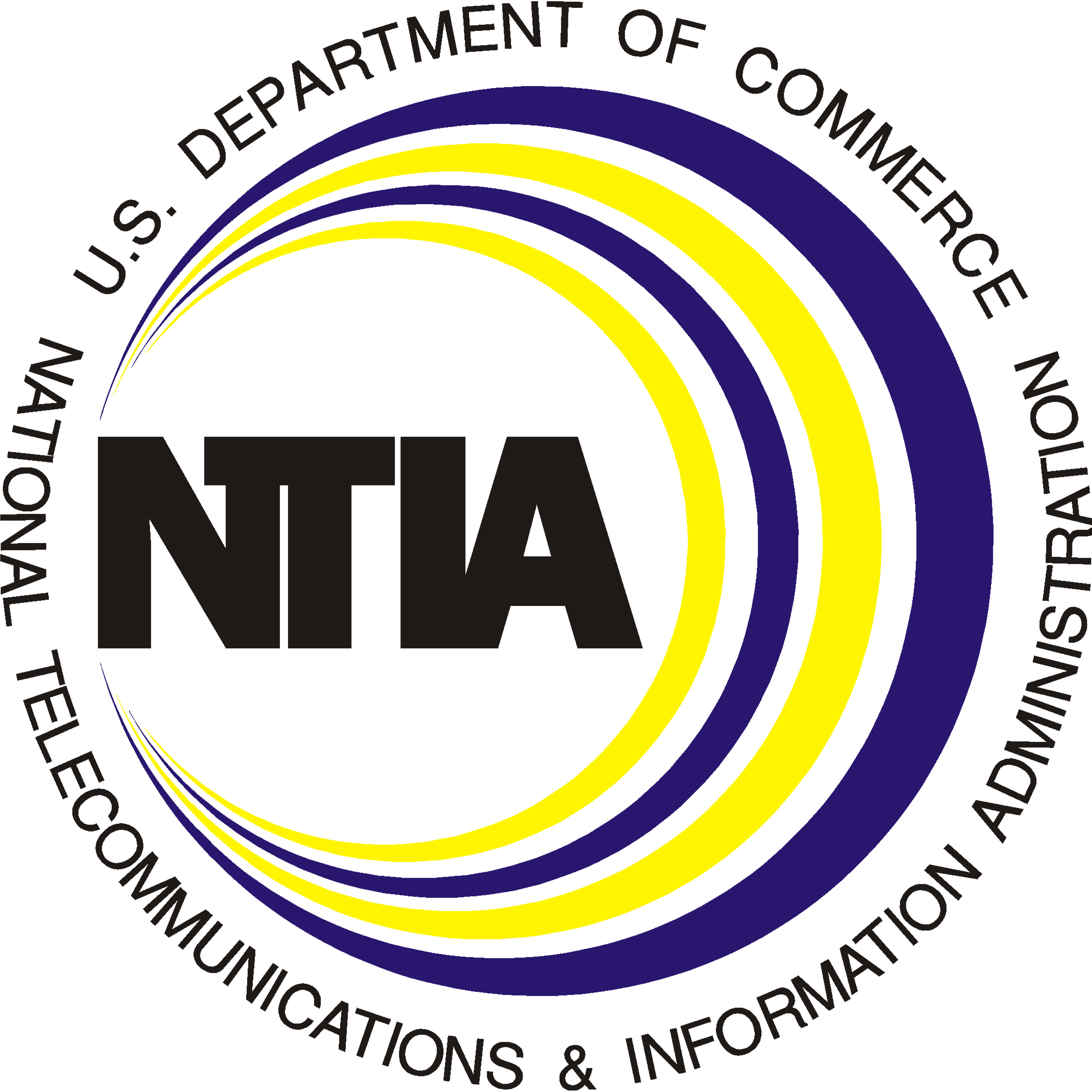The Broadband Equity, Access, and Deployment (BEAD) program, a $42.5 billion initiative under the Infrastructure Investment and Jobs Act, aims to provide high-speed internet access across the United States. However, recent developments have raised concerns about potential delays and policy changes affecting its implementation.
Program Overview and Current Status
The BEAD program, managed by the National Telecommunications and Information Administration (NTIA), is designed to fund planning, infrastructure deployment, and adoption programs to expand high-speed internet access. As of November 2024, all 56 eligible entities, including all 50 states, the District of Columbia, and five territories, have had their Initial Proposals approved by NTIA, allowing them to proceed to the next steps of requesting access to their allocated BEAD funding and selecting providers to build and upgrade high-speed internet networks.
Despite these approvals, the program has encountered delays in disbursing funds and initiating projects. As of June 2024, only 15 states and territories had unlocked access to their BEAD funding. The process requires states to submit initial proposals outlining their objectives for broadband deployment, identifying unserved locations, and planning for grant administration. The NTIA has been working to approve these proposals to enable states to begin their challenge processes and move toward deployment.
Despite these approvals, the program has encountered delays in disbursing funds and initiating projects. As of June 2024, only 15 states and territories had unlocked access to their BEAD funding. The process requires states to submit initial proposals outlining their objectives for broadband deployment, identifying unserved locations, and planning for grant administration. The NTIA has been working to approve these proposals to enable states to begin their challenge processes and move toward deployment.
The program’s complexity and the investment’s scale necessitate meticulous planning to ensure effective use of funds. Jake Varn, associate manager for Pew’s Broadband Access Initiative, emphasized the need for a balance between urgency and thorough program development, stating, “There is an undeniable tension between the urgent need to close the digital divide and the time that is required to create a well-functioning government program.”
Policy Shifts and Industry Impact
Recent policy shifts under the Trump administration have introduced uncertainties in the program’s future direction. The administration plans to overhaul the BEAD program to favor satellite technology over fiber optics, which could benefit companies like Elon Musk’s Starlink, which holds a significant share of the satellite market. Howard Lutnick, the Secretary of Commerce, aims to make the program “tech neutral” and reduce taxpayer costs. This shift could face resistance from states and Congress, mainly since the original program aimed to generate long-term economic benefits through fiber optic networks.
The proposed changes have raised concerns among industry stakeholders. Fiber optic networks are known for their reliability and cost-effectiveness for consumers compared to satellite options. States that have invested time and resources in planning fiber network construction may face legal challenges and pushbacks if the program’s focus shifts, potentially delaying the deployment of high-speed internet infrastructure.
Calls for Transparency and Consistency
In light of these developments, organizations like the Pew Charitable Trusts have recommended that the NTIA make all BEAD waivers public to ensure consistency across states. This transparency would help stakeholders understand the waiver criteria and promote equitable program implementation.
Some states have made notable progress in advancing their BEAD initiatives. For instance, Michigan has launched the application window for its BEAD program, aiming to enhance high-speed internet infrastructure across the state. Michigan secured $1.559 billion, the fourth-largest federal funding allocation, to build high-speed internet infrastructure for nearly 250,000 homes, businesses, and institutions. One of the biggest challenges is maintaining transparency and addressing stakeholder concerns. It is essential that stakeholders are kept up-to-date on the program’s progress and that their concerns are heard. Doing so will be critical for the BEAD program to achieve its objectives and fulfill its purpose: to promote access to affordable, high-speed internet in underserved communities.
One of the biggest challenges is maintaining transparency and addressing stakeholder concerns. It is essential that stakeholders are kept up-to-date on the program’s progress and that their concerns are heard. Doing so will be critical for the BEAD program to achieve its objectives and fulfill its purpose: to promote access to affordable, high-speed internet in underserved communities.



